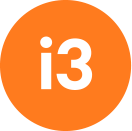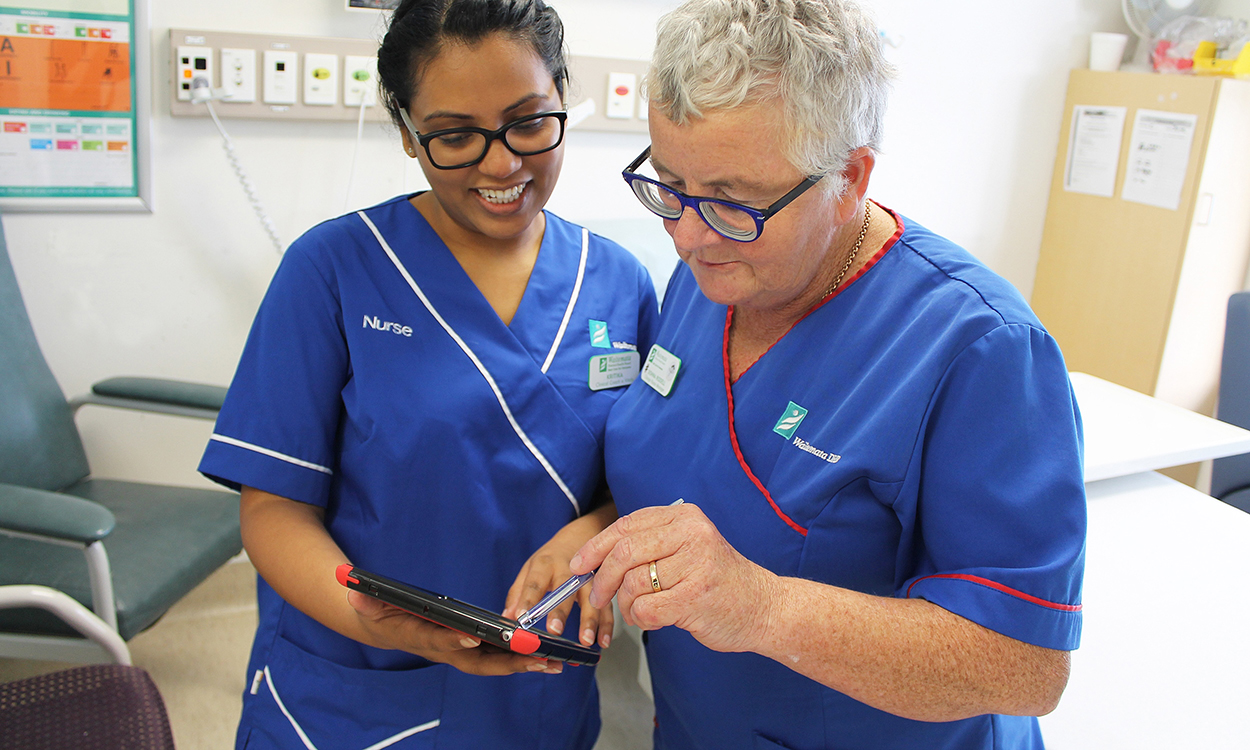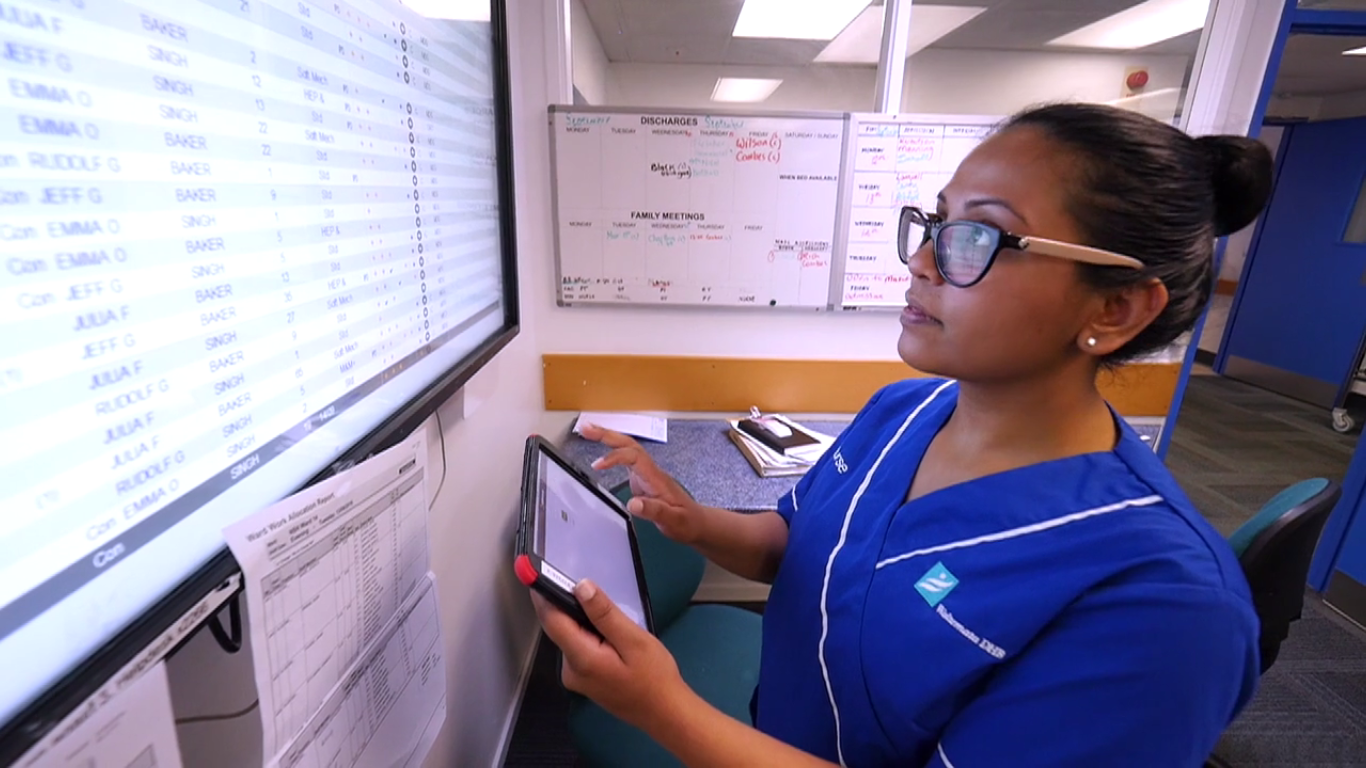Opportunity
We want to take the next step toward an all-electronic medical record designed to improve safety by ensuring vital patient information is readily available to clinicians and cannot be misread.
Implementation of an electronic vitals signs system has been associated with lower mortality rates, shorter lengths of stay on wards and critical care, and reduced admissions to intensive care units.
Staff spend a significant amount of time looking for patient notes, folders and charts. Anecdotally nurses describe their frustration and annoyance at this daily ritual; this is mirrored by junior doctor surveys. A survey was undertaken of 100 registered and enrolled nurses across the acute wards in both North Shore and Waitakere Hospitals asking not only about their perceptions of time spent looking for patient records but also about the disruption to their working schedule.
- 57% of staff said they spent 10-30 minutes looking for notes
- 31% said they spent 30-60 minutes a shift
The results were backed up by an observational study that showed registered nurses spent on average 31.76 minutes a shift looking for notes.
In addition, in multi-specialty wards there were multiple observation frequency protocols and a wide variety of forms used to capture observations.
The unavailability or lack of visibility of notes is a major issue for nurses. It causes significant disruption to their work, and is a patient safety risk as patient data is not being directly transcribed into official patient records and on occasions is being omitted.
- Improve patient outcomes by:
- Facilitating early identification of deteriorating patients
- Providing a hospital-wide view of at-risk and deteriorating patients for appropriate responses
- Increasing consistency, appropriateness and timeliness of responses to deteriorating patients
- Increasing the identification of patients at risk (eg falls, pressure injury, malnourishment and infections) through increased completion of assessments
- Improve productivity and release time to care for patients by:
- Reducing time spent looking for paper charts (multidisciplinary team)
- Facilitating communication between nurses, doctors and others, eg outreach teams, site management, allied health
- Providing real-time audit information and reducing nursing time spent conducting and analysing audits
- Improve the experience of patients and families through timely intervention and support
- Improve staff experience through improved team communication and timely responses to requests for support
- Improve the assurance of care standards through real-time reporting and improved compliance with reduced variation improved audit capability
We held functional (clinical) and technical workshops involving DHB staff, healthAlliance technical staff and the vendor to scope and plan implementation.
We selected an electronic vital sign system, Patientrack, capitalising on a competitive tender process undertaken by Canterbury DHB in 2014. The system, known locally as the eVitals system, has decision support capability, identifying deteriorating patients by automatically calculating an Early Warning Score (EWS), alerting appropriate people and prompting the user of follow up actions such as who to call and the time to the next observation (TTO).
The system contains prompts and reminders when observations and assessments are due, and real time information is available for nurses to identify overdue or incomplete observation sets or assessments, and other clinicians to also view EWS of inpatients.
The eVitals system operates with, rather than replaces, the Clinical Communication Tool, and inter-operates with the electronic ward whiteboard, patient information management system (i.PM), and electronic record (Concerto). With appropriate technical interfaces the system can receive data directly from monitoring devices that are set up with an individual patient’s unique identifier.

eVital interfaces
There is remote access to the system for clinicians off-site.
We chose devices to align with our ePrescribing implementation of iPad Minis using Parasync cases and charging units, with the addition of a magnet on the back of the unit to attach to the bedside. The application is also deployed on computers on wheels (COWs) and desktops.

eVital data capture - allergies
Implementation of the eVitals system included:
- configuration of Patientrack software to support Waitemata DHB Nursing Observation, Monitoring and Risk Assessment forms and tools
- complete (system and user acceptance) testing of functions of Patientrack software
- implementation of the functionality in the production environment
- integration with eWhiteboard, i.PM, Concerto, TrendCare and Clinical Communication Tool
- user and support documentation
- train-the-trainer training
- user training
The system has now been deployed to almost all wards at North Shore and Waitakere Hospitals (825 beds).
TIMELINE
- October 2015 project commenced
- January 2016 development environment built and commissioned
- June 2016 user acceptance testing completed
- July 2016 pilot ward live
- September 2016 Medical wards live
- October 2016 Surgical wards live
- January 2016 Cardiology and Elective Services Centre live
- April 2017 Paediatrics live
- July 2017 Maternity live
Longer term benefits of an eVitals system include:
- improved clinical practice through supported clinical pathways and bundles of care
- reduced unwarranted variation and inappropriate care, and delays in receiving appropriate care
- improved patient safety
- better audit tools
- increased data to inform future changes to clinical practice and models of care
Sponsor
- Dale Bramley, CEO (Leapfrog Programme)
Team Members
- Peter Groom, eVitals Programme Lead
- Andrew Cave, Health Informatics Manager
- David Ryan, IS Clinical Change Manager




